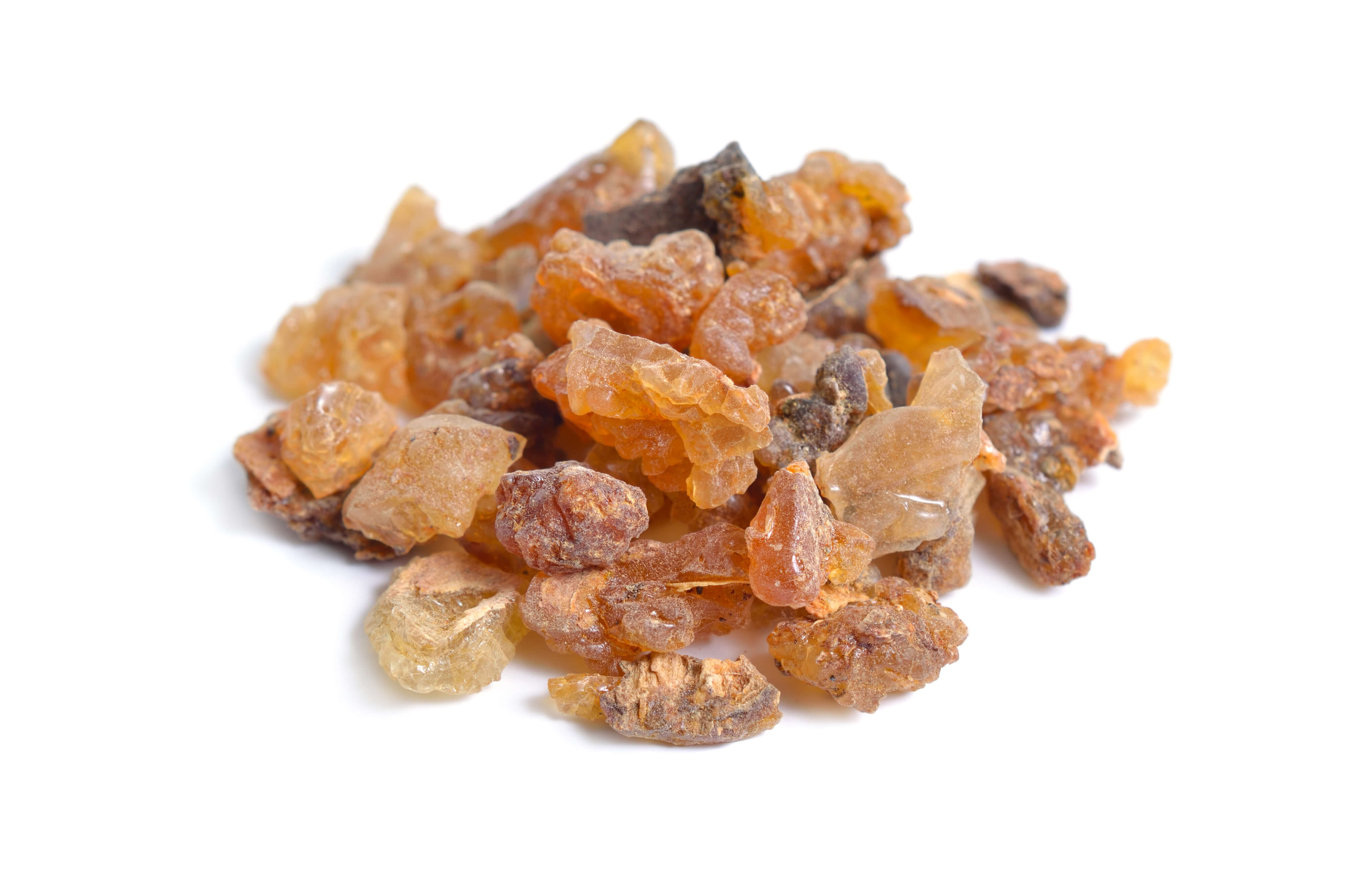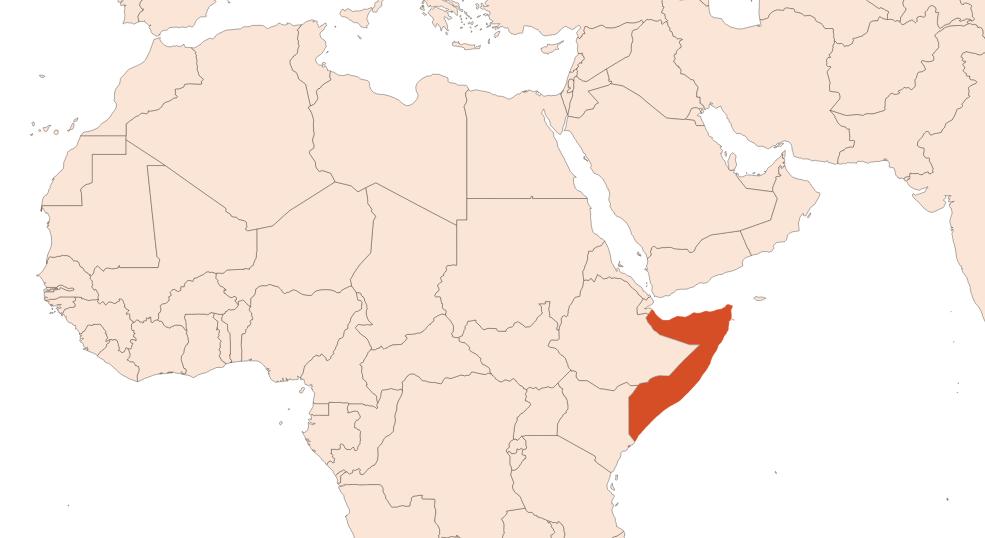
| Company | Ingredient Name | ID | Comments | Naturality | Certifications | Purity | Latin name | Treated part | Geographical origin | MOQ |
|---|---|---|---|---|---|---|---|---|---|---|
|
|
Huile essentielle de Myrrhe - 30 gr | - |
Visit website
|
- | - | - | - | - | - | |
|
|
MYRRH Resinoid | M_0020035 |
Visit website
|
Naturel | - | - | - | - | - |
General Presentation
-
CAS N° : 9000-45-7
-
EINECS number : 232-543-6
-
FEMA number : 2765
-
Appearance : Amber to red resin
-
Density :
-
Volatility : Base
-
Price Range : €€€
Physico-chemical properties
-
Optical rotation : Donnée indisponible
-
Vapor pressure : Donnée indisponible
-
Refractive Index @20°C : Donnée indisponible
-
Acid Value :
-
Flash Point :
Uses
Uses in perfumery :
Used to provide warmth, hold and trail in amber, leathery, chypre, woody notes or to give more facets to Frankinsense EO and for licorice notes.
Major Components :
- Alpha-pinene (45 - 50%)
- D-Limonene (≈9%)
- Sabinene (≈6%)
- P-cymene (≈5%)
- Alpha-phellandrene (≈4%)
- Plotter(s) : Curzerene

Photo credits: ScenTree SAS
Botanical name :
Commiphora myrrha (Nees) Engl.
Synonyms : Balsamea myrrha (T.Nees) Oken // Commiphora coriacea Engl.
Botanical profile :
The myrrh tree is part, like incense EO and elemi EO, of the Burseraceae family, and of the genus Commiphora.
Chemotypes :
Commiphora genus includes about 190 species.
In perfumery, we use Commiphora myrrha (Myrrh Resinoid / Myrrh EO / Myrrh SFE / Myrrh Absolute) grown mainly in North-East Africa.
Like olibanum, the notion of varieties and chemotypes is very blurred.
Extraction process :
Somalia is the main producer of myrrh, as its dry and warm savannas are favourable to the cultivation of this tree.
The exsudation of the resin takes place naturally or by an incision on the tree. The resin becomes red and solidifies when in contact with air, forming the ''myrrh tears ''. These tears are collected with a blade and freed from their impurities. Then, they are exported to Europe where they are extracted.
An essential oil such as a resinoid can be obtained. The resinoid results from the extraction of the resin with alcohol. The alcohol precipitates the waxes out of the resin and keeps only the fragrant principle after a glazing at 32 °F and a filtration, without any further reprocessing. The essential oil is obtained by hydrodistillation of the resin.
It is also possible to obtain a supercritical CO2 extract of myrrh with a superior olfactory quality.
The resinoid may be bleached by distillation.
Other comments :
In the past, myrrh was used for the gods. In churches, this gum was burned to create a fumigation for the divine. It was also used to clean houses and clothes.
Stability :
Solubility issues in perfumes
The terpenes identified in this raw material can polymerize when they are oxidized
Regulations & IFRA
Allergens :
IFRA 51th :
This ingredient is not restricted for the 51th amendment

